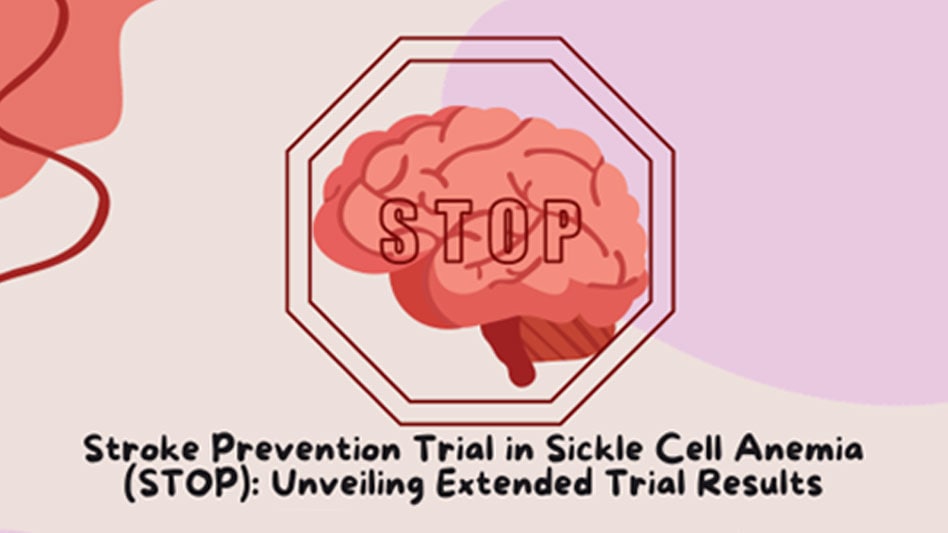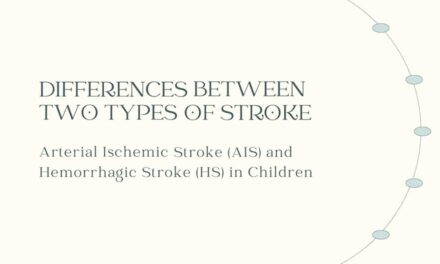The Stroke Prevention Trial in Sickle Cell Anemia (STOP) was a research study aiming to see if regular blood could help stop the first stroke in children with sickle-cell anemia who were at high risk. They used a technique called transcranial Doppler (TCD) to identify these high-risk children. TCD’s were conducted on children with sickle cell disease, and those with abnormal values were seen as high risk, making them good fits for transfusions. The study found that chronic transfusions had a large benefit in preventing strokes and was as such stopped early.
Here’s what they found: More kids in the transfusion group (70%) chose transfusions to prevent strokes compared to those getting standard care (45%). Six kids with consistently high TCD results had a stroke. Some kids who initially had high TCD results avoided strokes without transfusions. However, it was a small number, and they couldn’t find any clear reasons why they were at lower risk.
When they checked the TCD results of 108 kids who didn’t have a stroke, they found that most had normal results. Kids getting transfusions were more likely to have normal TCD results. However, transfusions led to problems like iron overload and immune reactions, but no infections were reported.
This study gave us new details about how well transfusions were accepted and their long-term effects. Consistently high TCD results still mean a risk of stroke. Some kids showed improvements in their TCD results over time without transfusions, but this needs more research.

Figure 1. Treatment history. (A) Transfusion group. (B) Standard care group. Dates show study time points: February 1995 being the start of STOP Trial and September 1997, the end; January 1998 is the start of post-trial follow-up, and June 2000, its end. Numbers in parentheses represent the number of patients.

Figure 2. Here’s what we found when looking at how likely patients were to avoid strokes. Some got transfusions, some got standard care. We used a test to figure out the chance of strokes happening. The little marks show how long patients went without having a stroke. But we didn’t count four patients: one from the standard care group had bleeding in the brain before, and three others got strokes after the trial ended and treatment changed.
Reference, Original Abstract:
Lee MT, Piomelli S, Granger S, Miller ST, Harkness S, Brambilla DJ, Adams RJ; STOP Study Investigators. Stroke Prevention Trial in Sickle Cell Anemia (STOP): extended follow-up and final results. Blood. 2006 Aug 1;108(3):847-52. doi: 10.1182/blood-2005-10-009506. PMID: 16861341; PMCID: PMC1895848. .
Abstract Translation: Jalaia Jackson
Graphics: Jalaia Jackson
Medical Editor: Fiza Laheji, MD
Junior Editor: Ingrid Votruba





